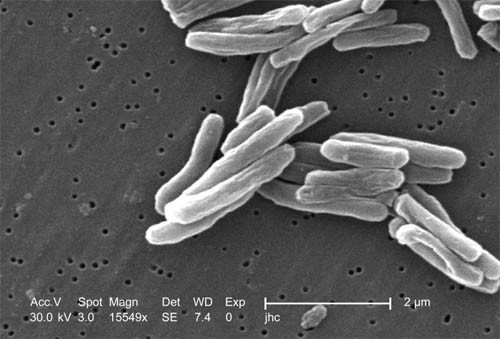Roots of prevalent strain of tuberculosis traced to Han Chinese migration 30,000 years ago

A strain of tuberculosis known as the Beijing family has had its roots traced back some 30,000 years ago to pinpoint where it started and how it expanded.
The Beijing family is the most successful genotype of Mycobacterium tuberculosis, being responsible for a quarter of the world's tuberculosis epidemic, and now a team of researchers from Fudan University, Shanghai, and led by Tao Luo, believe they have tracked its origins, which will give them a better understanding on how to treat it.
They came to the conclusion that, in conjunction with early human colonisation of the area, the Beijing family most likely originated in southern East Asia some 30,000 years ago.
The findings, which were published in PNAS, state the genotype then spread parallel with human migration.
"By combining the genomic data and genotyping result of 1,793 strains from across China, we found the 'modern' Beijing sublineage experienced massive expansions in northern China during the Neolithic era and subsequently spread to other regions following the migration of Han Chinese. Our results support a parallel evolution of the Beijing family and modern humans in East Asia," the study reads.
It adds there has been a sudden spread of the strain because of how highly contagious it has become through its evolution, "which might reflect adaption to increased human population densities linked to the agricultural transition in northern China".
About one third of the world's population has latent TB, which means people have been infected by TB bacteria but are not (yet) ill with the disease and cannot transmit it.
When a person develops active tuberculosis, the symptoms (cough, fever, night sweats, weight loss) may be mild for many months. This can lead to delays in seeking care and results in transmission of the bacteria to others. People ill with TB can infect up to 10 to 15 other people through close contact over the course of a year.
In 2013, the largest number of new TB cases occurred in the South East Asia and Western Pacific Regions, accounting for 56% of new cases globally.
© Copyright IBTimes 2024. All rights reserved.























